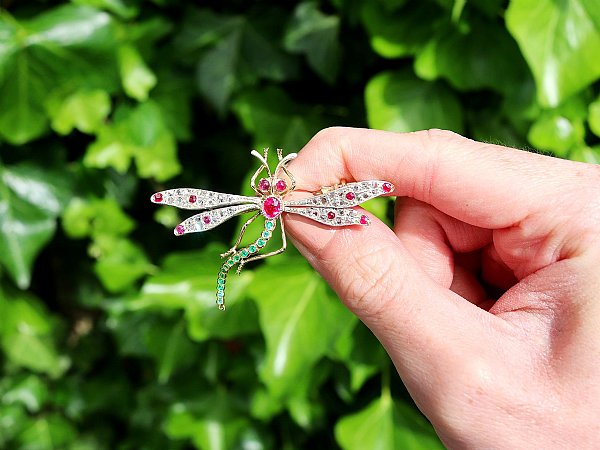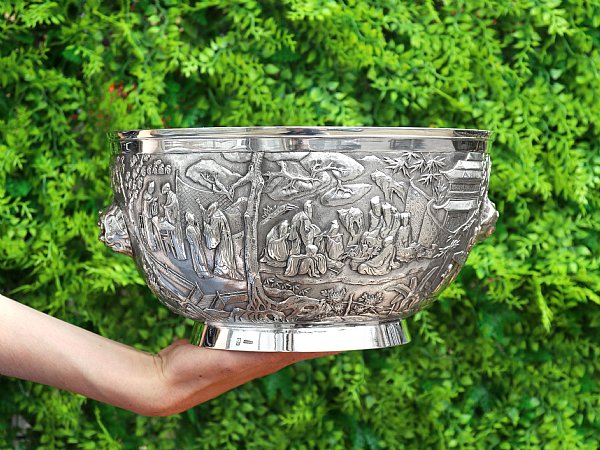Search Results for: '{{searchText}}'
Sorry...
We don't seem to have what you're looking for.
However we do have thousands of magnificent pieces of silver and jewellery available for you to view online. Browse our store using one of these categories.
Please wait for loading data... 
Browse these categories under "Vintage and Antique Necklaces & Pendants"
 Cross Pendants
Cross Pendants
 Lockets
Lockets
 Pearl Necklaces & Pendants
Pearl Necklaces & Pendants
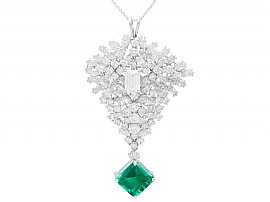
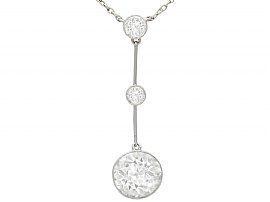
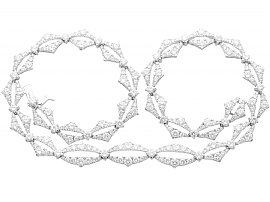
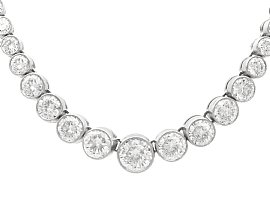
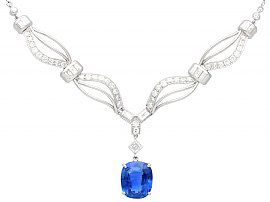

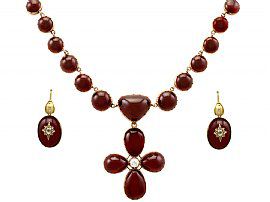
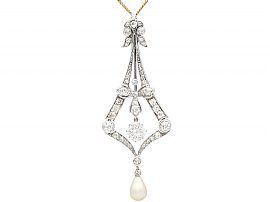
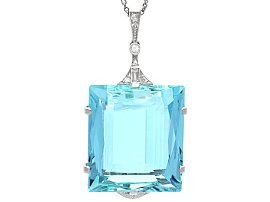
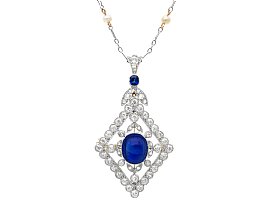

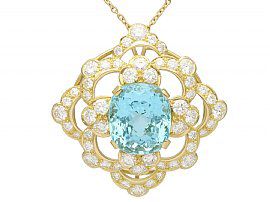
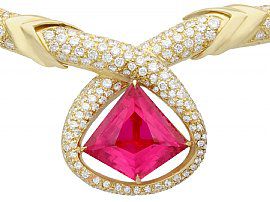
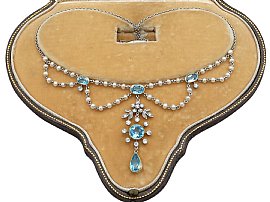
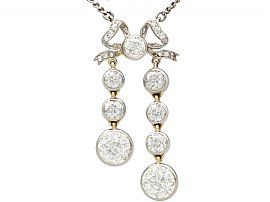
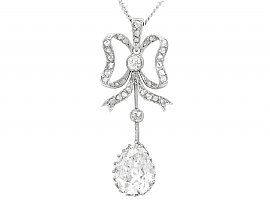
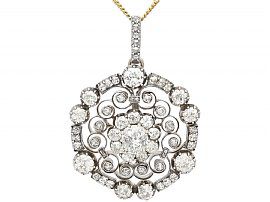
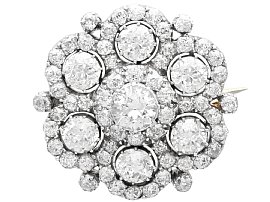
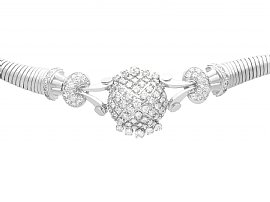
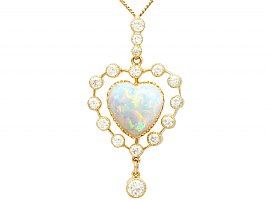
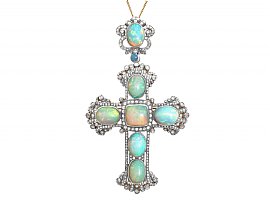
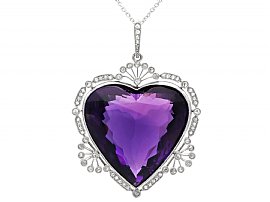
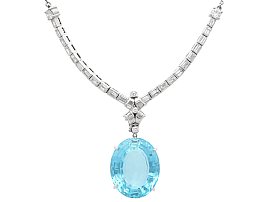
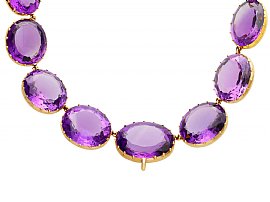
7.47ct Zambian Emerald and 14.50ct Diamond, 18ct White Gold Brooch / Pendant - Vintage Circa 1960
Price: GBP £49,950.004.48 ct Diamond and Platinum Necklace - Antique Circa 1920
Price: GBP £44,500.0015.12ct Diamond and 18ct White Gold Necklace by Stephen Webster - Contemporary 2011
Price: GBP £24,950.0011ct Diamond Riviere Necklace in Platinum
Price: GBP £24,950.0013.50 ct Ceylon Sapphire and 3.27 ct Diamond, Platinum Necklace - Vintage Circa 1950
Price: GBP £23,950.00Antique 2.72ct Pear Cut Diamond and Platinum Pendant
Price: GBP £22,950.00206.60ct Garnet and 1.49ct Diamond, 8ct and 9ct Yellow Gold Jewellery Suite - Antique Circa 1820
Price: GBP £14,245.00Natural Saltwater Pearl and 3.99ct Diamond, 18ct Yellow Gold Pendant - Antique Circa 1900
Price: GBP £13,950.00Antique 42.88ct Rectangular Cut Aquamarine, Diamond and White Gold Pendant
Price: GBP £13,950.00Antique 4.40ct Basaltic Blue Sapphire and 3.14ct Diamond, Pearl and 12ct Yellow Gold Pendant/Brooch
Price: GBP £13,950.00Antique Saltwater Pearl, Ruby and Diamond, Platinum Snake Pendant
Price: GBP £13,950.0022.32ct Aquamarine, 7.62ct Diamond and 18ct Yellow Gold Pendant - Vintage Circa 1950
Price: GBP £12,950.0015.65 ct Pink Tourmaline and 6.90 ct Diamond, 18ct Yellow Gold Necklace - Vintage Italian Circa 1990
Price: GBP £12,950.00Antique 4.73 ct Aquamarine and 0.54 ct Diamond, Seed Pearl Necklace
Price: GBP £12,950.005.15ct Diamond and 10ct Yellow Gold 'Bow' Necklace - Antique Circa 1920
Price: GBP £12,045.002.69ct Diamond and Platinum Pendant - Antique French Circa 1910
Price: GBP £11,950.006.22ct Diamond, 12ct Yellow Gold Pendant - Antique Circa 1880
Price: GBP £11,950.006.24 ct Diamond and 10 ct Yellow Gold Brooch / Pendant - Antique Victorian
Price: GBP £11,950.006.68ct Diamond and 18ct White Gold Necklace / Bracelet - Art Deco - Vintage French Circa 1940
Price: GBP £11,950.005.48 ct Opal and 2.91ct Diamond, 15 ct Yellow Gold Heart Pendant - Antique Circa 1910
Price: GBP £11,950.0020.34ct Opal and 4.63ct Diamond, Silver Gilt Cross Pendant / Brooch - Antique Circa 1860
Price: GBP £11,950.0045.27 ct Amethyst and 0.95ct Diamond, 18 ct Yellow Gold Heart Pendant - Antique Circa 1890
Price: GBP £11,950.00Vintage 33.20 ct Aquamarine, 3.59 ct Diamond and Platinum Pendant
Price: GBP £10,950.00396.09 ct Amethyst and 14ct Yellow Gold Riviere / Collarette Necklace - Antique Circa 1880
Price: GBP £10,950.00